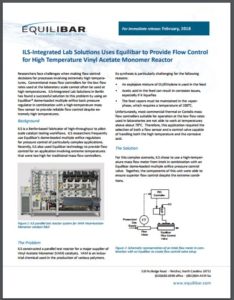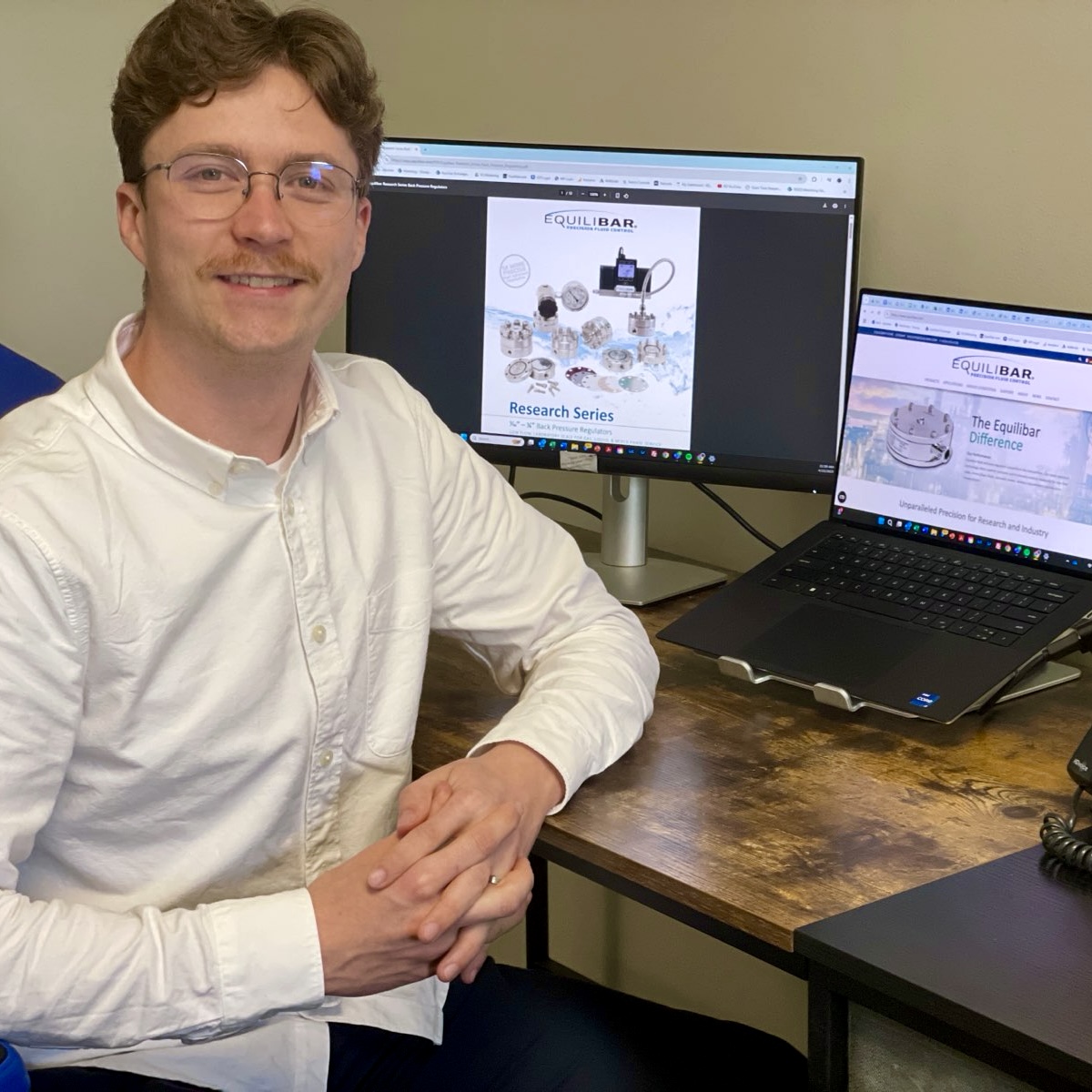What are Common Challenges for Valves Dealing with Solid Slurries?
Clogging is a common concern. For all standard Equilibar back pressure regulators (BPRs) we advise filtration of 100 micron or higher. For processes where filtration is not possible, or solids larger than 100 micron are present, we do have some options. First, because Equilibar valves have a very wide operating range, we can oftentimes upsize the valve, moving to a larger GSD series valve or the even larger BD series valves. The larger orifices in these valves can be sufficient in preventing clogging unless the solids tend to clump together or agglomerate. If a standard design doesn’t work, another option is to modify the design to further increase the internal flow path to minimize the chance of clogging.
Abrasion or erosion of valve bodies and wetted parts is another concern when dealing with solid slurries. Depending on the hardness of the solids, the diaphragm or even the metal body of a valve can be eroded over time. Equilibar has many diaphragm options for valve design. For abrasive applications, our engineers have had success using thick rubber or polymer diaphragms (eg. thick Viton or PEEK) or more malleable metals like bronze. For the body of the valve itself, a variety of different alloys can be used; most commonly with difficult abrasive fluids, hardened 440C stainless steel has been used.
Learn more on our application page, Viscous and Abrasive Fluid Control. Read a firsthand account of an Equilibar valve’s performance in an application with particles in fluid in this Case Study
If you have an solid slurry application in need of pressure or flow control, reach out to our Application Engineers for help.
Contact Us
Equilibar back pressure regulator with body and internal parts designed to handle solid slurries and abrasive fluids



